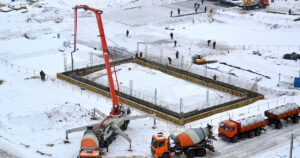OSHA Reminds Employers to Plan, Equip, and Train for Winter Weather Hazards
February 28, 2025 Every year, thousands of workers are injured and killed in accidents where the primary or secondary factors are weather and atmospheric conditions. While cold stress may be one of the most obviously attributable winter weather hazards for general industry construction workers who often work longer hours outside or in cold, internal temperatures, it is by no means alone on the list of dangers. Workers face numerous other winter hazards like winter driving, work zone traffic safety, getting stranded in a vehicle, shoveling snow, removing downed trees, and more.
Every year, thousands of workers are injured and killed in accidents where the primary or secondary factors are weather and atmospheric conditions. While cold stress may be one of the most obviously attributable winter weather hazards for general industry construction workers who often work longer hours outside or in cold, internal temperatures, it is by no means alone on the list of dangers. Workers face numerous other winter hazards like winter driving, work zone traffic safety, getting stranded in a vehicle, shoveling snow, removing downed trees, and more.
The Occupational Safety and Health Administration (OSHA), a federal agency that sets and enforces standards to ensure safe workplaces, compiled a comprehensive list of winter weather-related hazards that workers are exposed to. We have assembled the agency’s list below, in addition to tips on how to mitigate known dangers and prevent avoidable accidents from happening.
Cold Weather Dangers
Many aspects of winter weather create dangers for workers, whether it’s the increased chance of having a slip and fall because of how icy it is outside or the heightened risk of developing cold stress due to exposure. Luckily, there are plenty of steps that employers can take to protect workers from these known hazards.
Let’s take a look at the dangers and ways to effectively reduce them:
- Winter driving. Employers should promote safe driving behavior by doing the following: ensuring that workers recognize the hazards of winter weather, are properly trained for driving in winter weather conditions, like snow- or ice-covered roads, and are licensed (as applicable) for the vehicles they operate. Employers should set and enforce safe driving policies and implement a maintenance program for all vehicles (in addition to other mechanized equipment) that workers are required to operate. Here are just a few examples of the systems that workers should be trained to inspect to ensure they are working properly: brakes, cooling system, electrical system, tires, engine, exhaust system, oil, and visibility systems.
- Work zone traffic safety. Drivers are more likely to skid or lose control of their vehicle when driving in inclement weather conditions. Employers must make sure that work zones are set up properly and that traffic controls are signaled by signs, cones, barrels, and barriers. Workers who are exposed to traffic should always wear appropriate high-visibility vests.
- Getting stranded in a vehicle. If you get into an accident and are stranded in your vehicle, stay inside. Call for emergency help and then notify your supervisor of your situation. Do not leave your vehicle to look for help unless help is visible to you within 100 yards. Display a sign that you are in trouble by hanging a brightly colored cloth on your vehicle’s antenna and by raising the hood. You should also turn on the vehicle’s dome light when the vehicle is running as an extra signal for help. Turn on your vehicle’s engine for roughly 10 minutes each hour to run the heat to keep warm. Be wary of carbon monoxide poisoning: keep the exhaust pipe clear from snow buildup and open a downwind window slightly for ventilation. Stay awake and watch out for signs of frostbite and hypothermia. You can do minor exercises, clap your hands, and move your legs occasionally to keep blood flowing.
- Using powered equipment, like snow blowers. One of the most important things to do with powered equipment is to make sure it is properly grounded so that workers are safeguarded against electric shocks and electrocution. And don’t forget that equipment needs to be properly guarded and disconnected from power sources when undergoing any type of routine maintenance or cleaning. Another risk that snow blowers carry is the risk of laceration and amputation when an operator attempts to clear a jam with the equipment turned on. Firstly, never attempt to clear a jam by hand; instead, turn the snow blower off and wait for all moving parts to stop, and then use a long stick to clear wet snow or debris. Never add fuel to a snow blower when the engine is running or when the equipment is hot; only add fuel before starting the machine.
- Shoveling snow. Physical activity in cold weather poses unique dangers for the body since it can lead to exhaustion, dehydration, back injuries, or even heart attacks. To avoid these risks while shoveling snow, workers should warm up before starting, take frequent breaks in warm areas, scoop small amounts of snow at a time, and, whenever possible, push the snow instead of lifting it.
- Preventing slip and falls. Employers should clear all walking surfaces of snow and ice and spread deicer (as quickly as possible) after a storm. They should also keep floors clear from objects and indicate if a floor is wet or slippery. Workers can further reduce slip and fall risks by wearing appropriate footwear, like insulated and water-resistant boots with good rubber treads. Another way to avoid falling is by taking shorter and slower steps, which gives you more time to react to a sudden change in traction.
- Repairing downed or damaged power lines. This kind of work is already dangerous, but leaving it to winter makes it even riskier. Snow is a primary hazard since moisture can reduce the insulation value of equipment, creating significant electrocution dangers. Other associated hazards include fires caused by energized lines or equipment failure and electrocution resulting from contact with downed energized lines or objects, like broken tree limbs, that are in contact with downed energized power lines. Another hazard is being struck or crushed by falling tree limbs, collapsing poles, etc. To limit dangers, electrical utility workers should use safe work practices, appropriate tools, and equipment – including PPE or personal protective equipment. Exert extra caution when weather conditions are adverse.
- Removing downed trees. Removing downed trees is an urgent job, especially in inclement weather conditions when a person’s visibility and vehicle traction are already compromised. Potential hazards associated with this job include falls from heights, electrocution, and being injured by equipment like chainsaws and chippers. To avoid these hazards, workers should wear PPE like gloves, chaps, foot protection, eye protection, fall protection, head protection, and hearing protection. Employers must provide equipment and tools that are designed for outdoor and wet conditions. Regularly inspect and maintain all equipment to ensure it is in safe working condition.
Were You Injured at Work?
If you were injured at work due to cold weather-related conditions, someone at our firm can help you file a workers’ compensation claim. Workers’ compensation is a type of insurance that provides medical benefits and wage replacement to injured workers. At Galfand Berger, our attorneys have decades of experience representing victims of unsafe work environments and negligent employers.
Here are just a few examples of our firm’s recoveries on behalf of injured workers:
- Our client, a 22-year-old residential construction framer, suffered paraplegic injuries after he fell from a third-floor apartment building to the ground below. We found evidence establishing that the employer failed to provide adequate fall protection in accordance with OSHA guidelines. We successfully settled this matter in favor of our client for $12 million. You can read about this recovery here: https://www.galfandberger.com/verdicts/construction-accidents/12-million-recovery-in-a-construction-accident-fall/.
- A tractor-trailer driver rear-ended our client on an Interstate in Central Pennsylvania, causing back injuries that left him unable to return to work as a truck driver. Our team recovered $820,000.00 in personal injury and workers’ compensation settlements on behalf of our client. You can read more about this case at: https://www.galfandberger.com/verdicts/workers-compensation/820000-for-truck-driver-who-sustained-a-soft-tissue-back-injury/.
If you would like to learn more about filing a claim for injuries you sustained, someone at our firm can help. Contact a representative online now.
Philadelphia Workers’ Compensation Lawyers at Galfand Berger LLP, Representing Injured Victims Since 1947
Contact the Philadelphia workers’ compensation attorneys at Galfand Berger LLP today. Call us at 800-222-USWA (8792) or fill out our online form for a free consultation. Located in Philadelphia, Bethlehem, Lancaster, and Reading, we serve clients throughout New Jersey and Pennsylvania, including Allentown and Harrisburg.
 Google Screened
Google Screened
